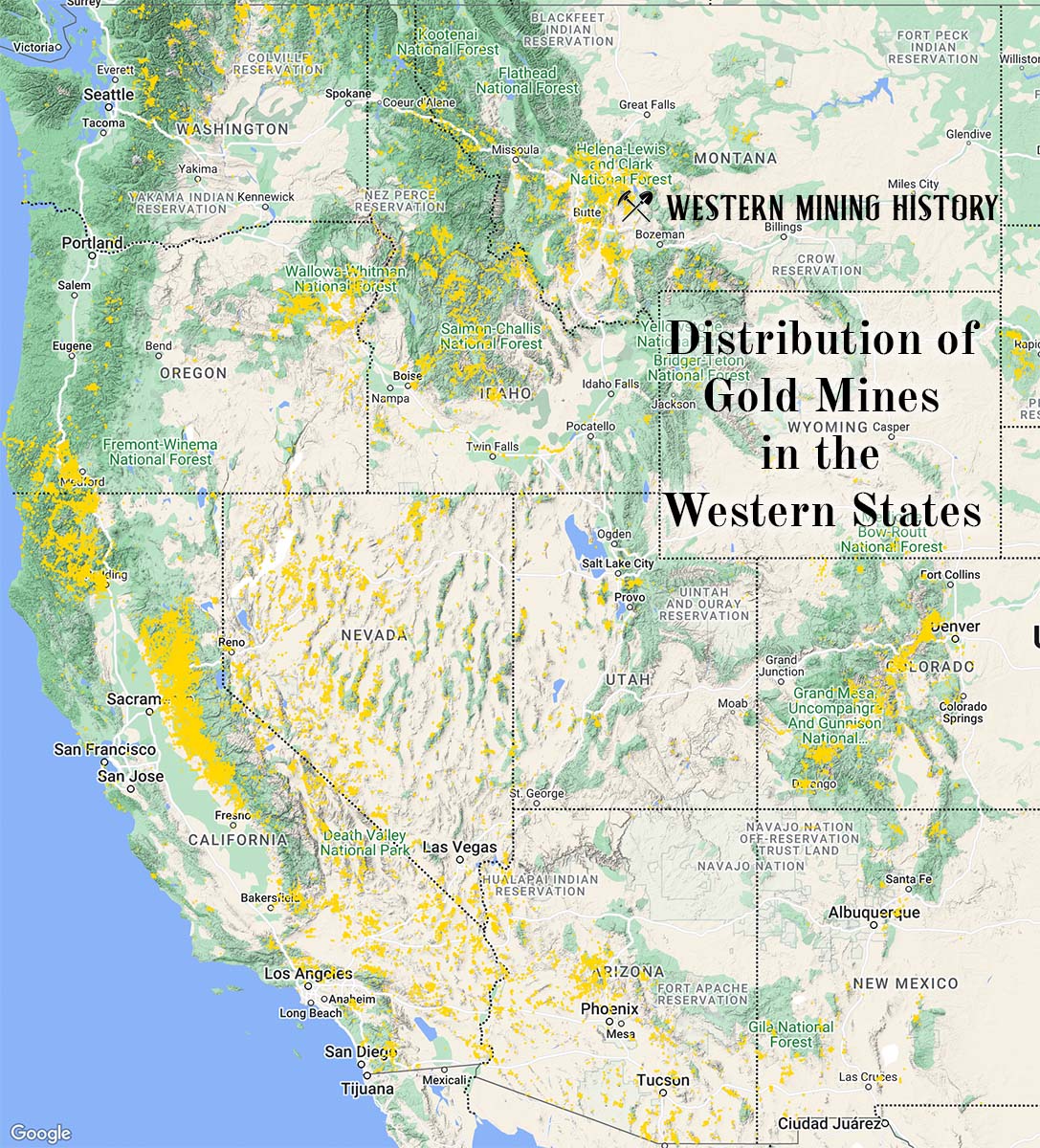The Double Anchor is a silver, zinc, lead, copper, and gold mine located in Alaska.
About the MRDS Data:
All mine locations were obtained from the USGS Mineral Resources Data System. The locations and other information in this database have not been verified for accuracy. It should be assumed that all mines are on private property.
Mine Info
Elevation:
Commodity: Silver, Zinc, Lead, Copper, Gold
Lat, Long: 56.06389, -130.25806
Map: View on Google Maps
Double Anchor MRDS details
Site Name
Primary: Double Anchor
Secondary: Alaska State Mines Extension
Commodity
Primary: Silver
Primary: Zinc
Primary: Lead
Primary: Copper
Primary: Gold
Secondary: Copper
Location
State: Alaska
District: Hyder
Land Status
Not available
Holdings
Not available
Workings
Not available
Ownership
Not available
Production
Not available
Deposit
Record Type: Site
Operation Category: Prospect
Operation Type: Unknown
Years of Production:
Organization:
Significant:
Physiography
Not available
Mineral Deposit Model
Model Name: Polymetallic veins
Orebody
Not available
Structure
Not available
Alterations
Alteration Type: L
Alteration Text: Local intense iron staining. The subhorizontal quartz breccia zone is oxidized.
Rocks
Not available
Analytical Data
Not available
Materials
Ore: Chalcopyrite
Ore: Galena
Ore: Pyrite
Ore: Sphalerite
Gangue: Quartz
Comments
Comment (Geology): Age = Lead-isotope studies of galena from the Double Anchor prospect have yielded Jurassic and Eocene ages (Maas and others, 1995, p. 235, 244). The deposit is interpreted to be polygenetic, originating during Jurassic Hazelton island-arc volcanism (Alldrick, 1993), and then partly remobilized or reconstituted during Eocene emplacement of the Hyder Quartz Monzonite.
Comment (Deposit): Other Comments = Four claims were recorded in 1923; property was restaked in 1958 as part of the Alaska State Mines Extension claim group of 19 lode and 2 placer claims. The claims were inactive in 1973 (Berg and others, 1977, p. 76).
Comment (Workings): Workings / Exploration = Prospect was explored, probably in the 1920's, by pits and short adits.? the weighted average of analyses of samples collected by the U.S. Bureau of Mines in 1972 (Berg and others, 1977, p. 79-84) across about a two-foot-width of the main (subhorizontal) orebody is 4.3% Pb, 1.0% Zn, and 3.5 oz Ag and 0.022 oz AU per ton.
Comment (Reference): Primary Reference = Berg and others, 1977
Comment (Deposit): Model Name = Polymetallic veins
Comment (Geology): Geologic Description = The country rocks in the area near the Double Anchor prospect are pelitic metasedimentary and minor andesitic metavolcanic strata of the Jurassic or older Mesozoic Hazelton Group; the Triassic Texas Creek Granodiorite, which underlies and locally intrudes the Hazelton; and the Eocene Hyder Quartz Monzonite, which cuts both the Hazelton and Texas Creek rocks (Smith, 1977; Koch, 1996).? Buddington (1929, p. p. 98-99) describes the deposit as a subhorizontal shear zone in argillite and graywacke that contains seams and stringers of quartz and sulfides, including sphalerite, galena, pyrite, chalcopyrite, and sparse pyrrhotite. The largest orebody is about 2.5 feet thick and 30 feet long; most individual veins are less than an inch thick. Thick quartz veins nearby are only sparsely mineralized.? Berg and others (1977, p. 38-39) describe two quartz breccia zones. One is subhorizontal, up to about a foot thick, and exposed for about 700 feet along strike; the other dips steeply and is exposed for about 160 feet along strike. Both zones contain pyrite, galena, sphalerite, and chalcopyrite.? the weighted average of analyses of samples collected by the U.S. Bureau of Mines in 1972 (Berg and others, 1977, p. 79-84) across about a two-foot-width of the main (subhorizontal) orebody is 4.3% Pb, 1.0% Zn, and 3.5 oz Ag and 0.022 oz Au per ton.? Lead-isotope studies of galena from the Double Anchor prospect have yielded Jurassic and Eocene ages (Maas and others, 1995, p. 235, 244). The deposit is interpreted to be polygenetic, originating during Jurassic Hazelton island-arc volcanism (Alldrick, 1993), and then partly remobilized or reconstituted as fissure veins during Eocene emplacement of the Hyder Quartz Monzonite.
Comment (Exploration): Status = Inactive
References
Reference (Deposit): Buddington, A.F., 1929, Geology of Hyder and vicinity, southeastern Alaska, with a reconnaissance of Chickamin River: U.S. Geological Survey Bulletin 807, 124 p.
Reference (Deposit): Smith, J.G., 1977, Geology of the Ketchikan D-1 and Bradfield Canal A-1 quadrangles, Alaska: U.S. Geological Survey Bulletin 1425, 49 p.
Reference (Deposit): Alldrick, D.J., 1993, Geology and metallogeny of the Stewart mining camp, northwestern British Columbia: British Columbia Department of Mines and Petroleum Resources Bulletin 85, 105 p., 2 plates.
Reference (Deposit): Maas, K.M., Bittenbender, P E., and Still, J.C., 1995, Mineral investigations in the Ketchikan mining district, southeastern Alaska: U.S. Bureau of Mines Open-File Report 11-95, 606 p.
Reference (Deposit): Berg, H.C., Elliott, R.L., Smith, J.G., Pittman, T.L., and Kimball, A. L., 1977, Mineral resources of the Granite Fiords wilderness study area, Alaska, with a section on aeromagnetic data by Andrew Griscom: U.S. Geological Survey Bulletin 1403, 151 p.
Reference (Deposit): Elliott, R.L., and Koch, R.D., 1981, Mines, prospects, and selected metalliferous mineral occurrences in the Bradfield Canal quadrangle, Alaska: U.S. Geological Survey Open-File Report 81-728-B, 23 p., 1 sheet, scales 1:250,000 and 1:63,360.
The Top Ten Gold Producing States

These ten states contributed the most to the gold production that built the West from 1848 through the 1930s. The Top Ten Gold Producing States.